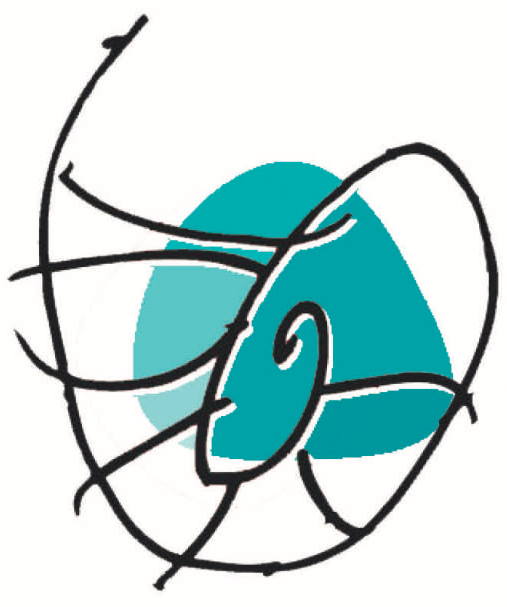La SFDT in english
DANCE-THERAPY
is part of the Art-Therapies family.
It offers a space where movement and body language are observed, listened to and put in relation with verbal communication in order to integrate our physical, emotional, psychological and social beings.
Therapeutic alliance and relationship
The therapeutic alliance is the relationship of trust that develops between client and therapist, which allows the therapy to develop and deepen. It is thought to be one of, if not the most important aspect of successful therapy.
Boundaries
Dance Therapy is practiced within a specific framework, which encompasses several different boundaries:
- Space and time boundaries: the session is required to happen in the same space and at the same time for each session.
- Relational boundary: the same persons are committed to be present in each session, in one to one sessions as well as in group sessions.
- Organisational boundary : when the therapy is practiced within an institution (i.e. hospital, school, association) the client(s) and the therapist are committed to working within the rules and boundaries of that specific institution, which will have an impact on the therapy itself.
Boundaries are needed to give a sense of safety to the client(s). Boundaries allow the client(s) to develop a relationship based on trust with the therapist, which encourages a more authentic therapy and can facilitate a more profound transformation in the client’s life.
Transitional space
Dance Therapy is a relational therapy between the client and the therapist. The transitional space is the space in which the relationship between the client(s) and the therapist takes place. It is within this transitional space that the play of therapy will occur. It is also where both the client and the therapist use movement as a way of communicating. Through the evolution of the client's movement repertoire there is growth, discovery and inner transformation as the client begins to understand themselves better through movement.
Therapeutic presence – ,Group therapy
In group therapy, the consistent presence of each participant and of the therapist, is deeply therapeutic for each client.
It assures the development of cohesion and trust in the group, necessary for positive and efficient therapy.
Dance Therapy in its wider context
Dance Therapy is beneficial for psychological problems, psychosomatic issues and relational difficulties. It is therefore a suitable therapy for a wide range of client groups and can be practiced in many different contexts. Dance Therapy is approached as a clinical and therapeutic practice as well as an opportunity for self-development and development of well-being to people desiring to explore themselves, a certain theme or question through movement and the body.
Being a dance therapist for the SFDT
The SFDT gathers many different dance therapists from many different horizons and with different backgrounds. Thus, the association has become a melting pot of different experiences, which assures richness and diversities in the exchanges of ideas between the members.
The SFDT's dance therapists refer to different practices : contemporary, ballet, modern-jazz techniques but also ethnical, traditional and primitive dances. Regarding theory, supplementary fields of study include clinical human sciences (psychology, psychoanalysis and psychiatry), the social sciences (sociology, ethnology and anthropology) and bio-medicine (kinesiology, movement anatomy and bio-mechanic) as well as various forms of philosophy.
SFDT's dance therapist can work and intervene in hospitals and in various institutions offering health services as well as in social associations. They also work freelance in liberal or associative contexts.
Perspectives
Since 2010, the SFDT is recognised as a 'basic full member' of the European Association of Dance Therapy. We have therefore committed ourselves to respond to specific european criteria regarding :
Formations from organisations that are approved by the SFDT
Supervision
SFDT's admission criteria for new members
The development of our profession as dance therapists according to the European model/demands.
Adhesion
As an associate member
Active member status is available to those who are :
- Dance Therapists qualified from abroad.
- Dancers or those who have a state diploma from an approved formation by the SFDT.
- Professionals able to show enough experience in order for the SFDT to validate their competence.
Method of Application :
- Send CV, a covering letter and copies of certificates/ diplomas as stated above.
- Send via e-mail to: sfdt@free.fr or by mail at : SFDT, 106 rue des Maraîchers - 75020, Paris.
Applications will be presented to the commission of admission who will respond to you within one to three months.
-On success of application there is an annual fee for associate members of 30 euros.
As a sympathiser member
Sympathiser member status is available for any person who is interested in the evolution of the profession and in research linked with Dance Therapy.
Method of Application :
- Send a letter of motivation for joining the association as a sympathiser member.
- Send via e-mail to: sfdansetherapie@gmail.com or by mail at : SFDT, 106 rue des Maraîchers, 75020, Paris.
- On success of application there is an annual fee for sympathiser members of 20 euros.
